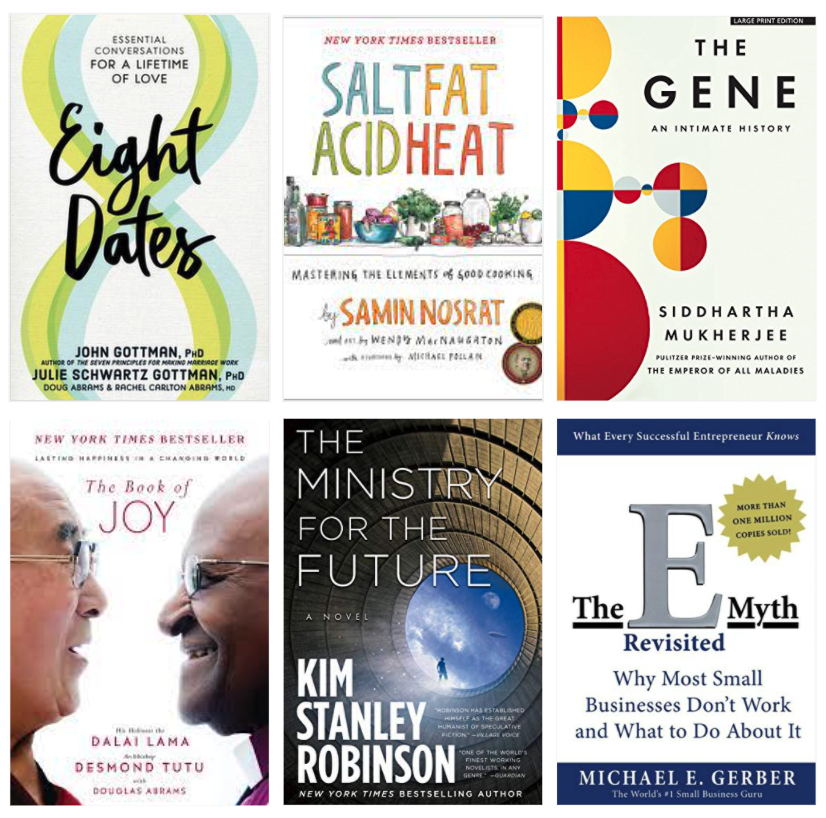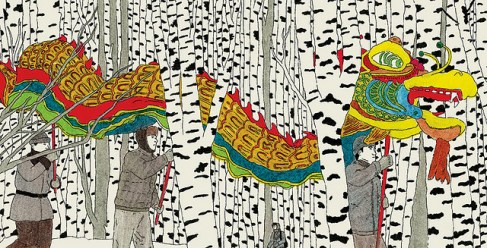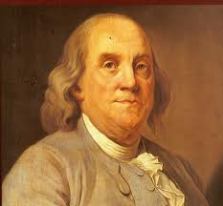In 2021, I read 25 books, roughly one every two weeks, mostly non-fiction. In this blog, I share some of my favorites, like I’ve done in previous years (2020, 2019, 2016, 2015, and all time.) If you want to see all the books I read this year, check out my Goodreads account.
What does it mean for me to consider a book great? I’ve come to see it mostly means that the book’s message resonated with me, finding me at the right time. To help you decide if you should pick up any of the books below, I’ve added a few sentences on why I found each book helpful.

Eight Dates
This was the most useful book I read this year. Written by relationship psychologists John and Julie Gottman, it’s a workbook meant to deepen connection with your romantic partner. It provides recipes for eight distinct dates, each covered in a separate chapter. Each chapter goes into a certain topic — e.g. sexuality, money, family, values — and provides a set of questions and prompts that help you and your partner have an intimate conversation. While the book itself or the topics weren’t particularly surprising, doing the eight dates was transformative. I gave copies to at least 5 other couples and would highly recommend it.
Salt, Fat, Acid, Heat
This was another book that impacted my day-to-day life. It’s a cookbook that’s not a list of recipes. Instead, it dives into the physics and chemistry of cooking, using a four-part framework: salt, fat, acid, and heat. The book helped me better understand what was happening to the food I was preparing. For example, why to add vinegar to water before poaching eggs (it helps the proteins coagulate), why to add mustard to dressings (oil and vinegar don’t go together, so you need an emulsifier), and why to add wait until frying oil is hot before adding foods to the pan (frying oil is not meant for seasoning but texture).
The Gene
This is a sweeping tome that summarizes the last century or so of progress in understanding how genetic information determines who we are. It’s written beautifully by Sidhhartha Mukherjee, who won a Pullitzer for his book about cancer, The Emperor of All Maladies.
I am fascinated by past and expected progress in biology. This book explains biology’s progress through the lens of the progress made by different scientists, starting with Mendel and Darwin. At nearly 500 dense pages it requires attentive reading, but I found it to be absolutely worthwhile. The final few chapters consider the ethical impact of gene editing, in which Mukherjee takes the zoomed-out view that I enjoy in the writing of writers like Yuval Noah Harari or Jared Diamond.
The Book of Joy
This beautiful book captures a week-long dialogue between the Dalai Lama and Archbishop Desmond Tutu on the topic of Joy. Both men inspire me: their zest for life, their ability to laugh in the face of hardship, and their unbounded compassion.
I listened to this as an audiobook. While the Audible version is not a true recording of the conversation, it had good voice actors. You can easily listen to this book piecemeal, which makes it a good book to digest on the go.
Ministry for the Future
This is the best novel I read this year. Written by a science fiction author, this book is all about the possible disastrous impact of climate change and what might be done to drive action sooner. The author, Kim Stanley Robinson, introduces a variety of intriguing technology and policy ideas. For example, could we halt the speed of glacial melt by removing meltwater stuck between the Antarctic rock bed and the glaciers? Can central banks play a role in accelerating carbon sequestration? This is a must-read for anyone working on climate change.
E-Myth Revisited
This was the best business book I read this year. In it, Michael Gerber explains how to build a large, scalable enterprise. The first part of the book suggests each founder embodies three roles: an Entrepreneur, a Manager, and a Technician. Gerber explains that all founders have to play the role of Technician in a company’s early days, but then fail to let go of this role as a company grows, which hinders further growth. He shows people how to let go, learning to work *on* the business, not *in* the business. This mental shift strongly resonated and I found practical wisdom in the lessons described.
2022 Plans
I’m always looking for books that can transform. What books have most influenced you? Please leave a comment or send me an email. Thank you!









